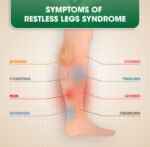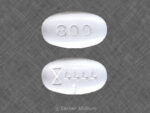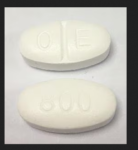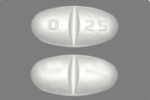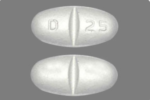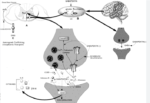Gabapentin is a drug that is sold under numerous brand names (most commonly, Neurontin), and there are numerous generic forms of the drug.
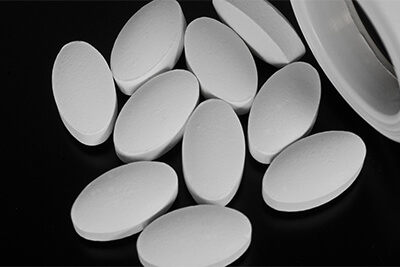
Gabapentin is formally listed as an anticonvulsant drug, meaning that it is designed to control seizures. It is also used for the control of certain types of pain, for anxiety control in certain types of mental health disorders, for the treatment of withdrawal symptoms, and for numerous other applications.
Gabapentin was designed to be a synthetic analog of the neurotransmitter GABA, or gamma-aminobutyric acid. GABA is the primary inhibitory neurotransmitter in the brain and spinal cord. Neurotransmitters are chemical substances that are released by the neurons in the brain and spinal cord when they are activated, and they allow neurons to communicate with each other and to produce different types of behaviors. Inhibitory neurotransmitters like GABA slow the activity of other neurons, allowing for different types of control and communication between neurons in the brain and spinal cord.
What is gabapentin?
Gabapentin is a prescription drug. It comes as an oral capsule, an immediate-release oral tablet, an extended-release oral tablet, and an oral solution.
Gabapentin oral capsule is available as the brand-name drug Neurontin. It’s also available as a generic drug. Generic drugs usually cost less than the brand-name version. In some cases, the brand-name drug and the generic version may be available in different forms and strengths.
Why it’s used
Gabapentin oral capsule is used to treat the following conditions:
- Seizures: Gabapentin is used to treat partial (focal) seizures. It’s taken together with other seizure medications in adults and in children 3 years of age and older who have epilepsy.
- Postherpetic neuralgia: This is pain from nerve damage caused by shingles, a painful rash that affects adults. Shingles appears after infection with the varicella zoster virus. This virus occurs in people who have had chicken pox.
Gabapentin may be used as part of a combination therapy. This means you may need to take it with other drugs.
How Gabapentin Works ?
Gabapentin belongs to a class of drugs called anticonvulsants. A class of drugs is a group of medications that work in a similar way. These drugs are often used to treat similar conditions.
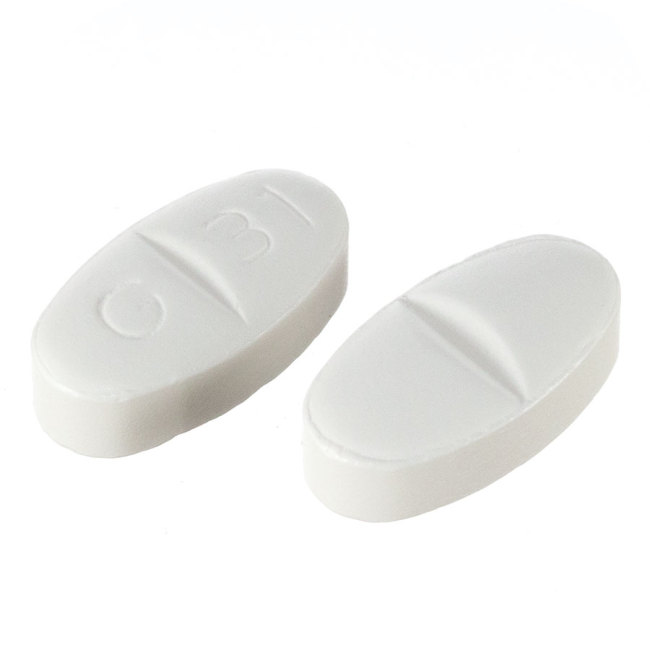
It’s not fully understood how gabapentin works. For postherpetic neuralgia, it seems to prevent the increase in sensitivity to pain that occurs. For seizures, it may alter the effect of calcium (low levels of calcium may cause seizures).
What Are Opiates?
Opiate drugs are either developed from substances that come from the Asian poppy plant (from opium), or they are synthetically manufactured chemical substances that resemble various aspects of substances found in opium. The primary use of opiate drugs is for pain control, although there are some other uses, such as to control coughing or diarrhea.
Opiate drugs are significant drugs of abuse and have received much attention in the media as drugs of abuse. Some of the more common and well-known opiate drugs include the illicit drug heroin and prescription medications like morphine, Vicodin (a combination of the over-the-counter pain reliever acetaminophen and the opiate drug hydrocodone), OxyContin (the opiate drug oxycodone), and many others.

Major Differences and Similarities between Opiates and Gabapentin
prescription bottles and white pills Both drugs have different mechanisms of action. Gabapentin’s mechanism of action is not fully understood. Even though it was designed to be a synthetic form of the neurotransmitter GABA, it does not attach to the GABA receptors. Instead, it appears to affect the electrical activity within the neuron, and this may result in an inhibitory or slowing response that may lead to an increase in the levels of GABA in the brain and spinal cord.
Opiate drugs attached to specific receptor sites in the brain that are naturally designed to affect the subjective experience of pain and stress, and they are designed for endorphins and other neurotransmitters known as enkephalins. These neurotransmitters are often collectively referred to as endogenous opiates and the receptor sites as opioid receptors. Thus, both drugs are chemically different with different mechanisms of action.
Both drugs require prescriptions from a physician in order to use legally; however, gabapentin is not listed as a controlled substance by the United States Drug Enforcement Administration (DEA), whereas all opiate drugs are controlled substances. The DEA now requires close monitoring of opiates, and people must get a new prescription from their physician in order to continue using the drug once they have run out of it, whereas this does not apply to gabapentin. Thus, the level of control placed on these drugs is entirely different.
Both gabapentin and opiate drugs appear to slow the functioning of the neurons in the brain and spinal cord (the central nervous system), but as mentioned above, they do so by different mechanisms of action. Thus, both drugs can be used to treat issues with the subjective experience of pain as a result of specific types of signals in the brain. By slowing down the singling process in the brain, both drugs can affect or decrease this subjective experience of pain.
Both gabapentin and opiate drugs can be drugs of abuse; however, gabapentin has a much lower potential for abuse than opiate drugs. Gabapentin does not appear to produce euphoria to the extent that opiate drugs do. Research studies looking at the abuse of gabapentin suggest that it is most commonly abused in conjunction with other drugs of abuse, whereas opiate drugs are primary drugs of abuse.
Chronic use of either gabapentin or opiate drugs can lead to physical dependence (tolerance and withdrawal), but the potential for physical dependence on gabapentin is much lower than it is for the opiate drugs. Moreover, the withdrawal syndrome that occurs with opiate drugs is far more severe than the withdrawal syndrome that occurs with gabapentin.
You are not alone. You deserve to get help.
The Bottom Line
While gabapentin and opiate drugs share some minor similarities, they are very different drugs. Gabapentin is not an opiate drug and not considered to be a dangerous drug of abuse like most opiate drugs.
Pain Medications, Pain Relief, and Pain Management
